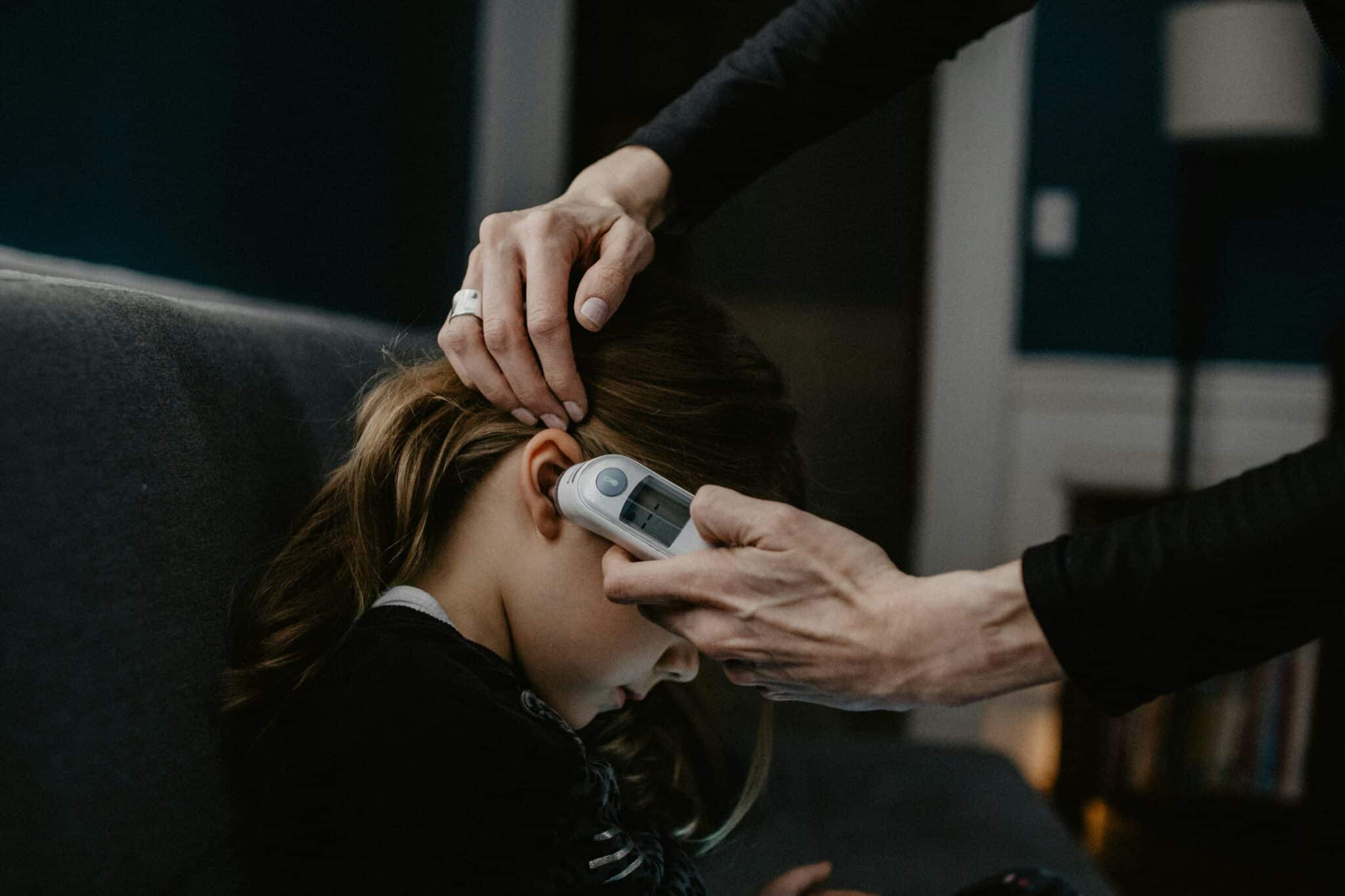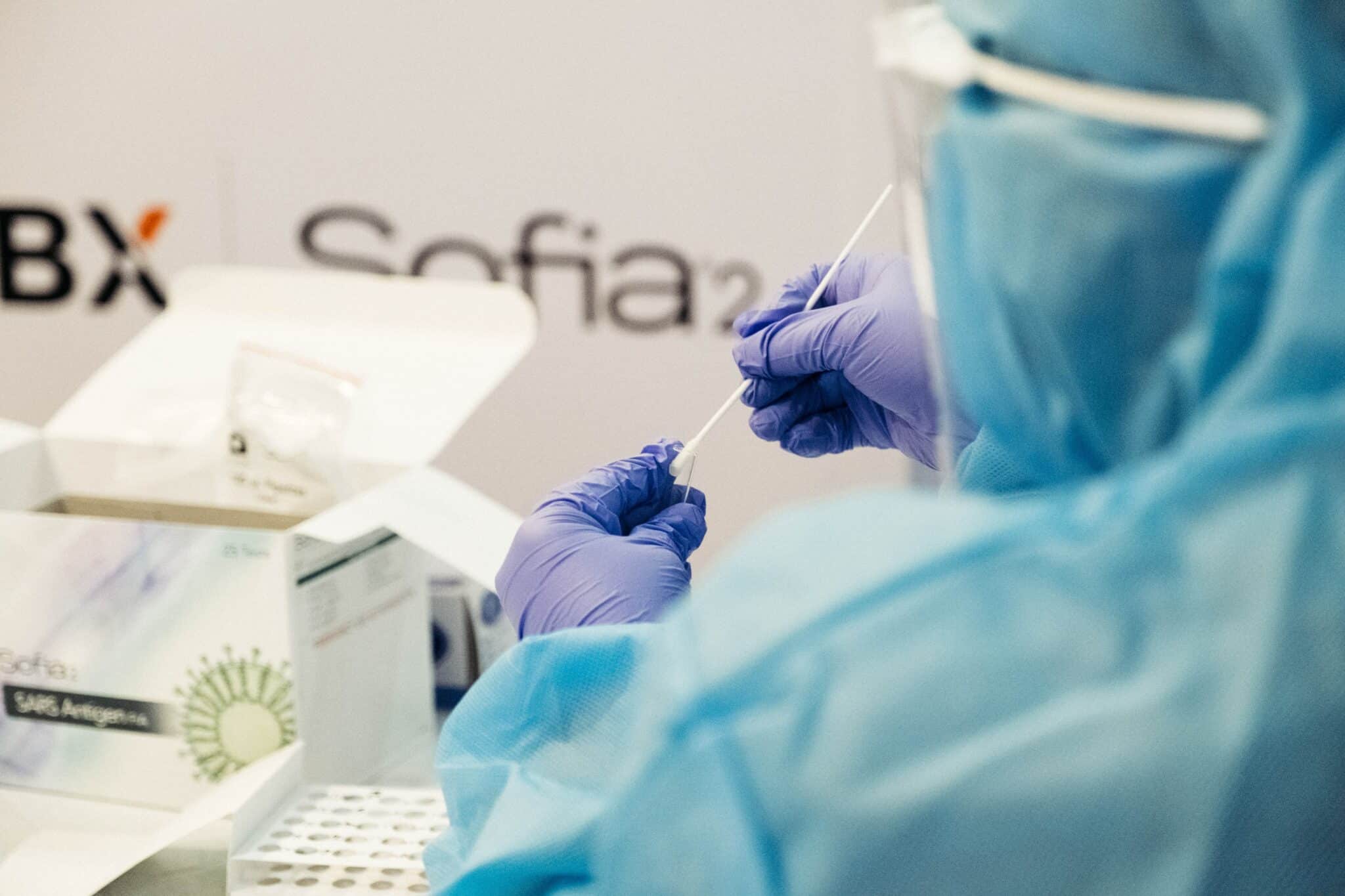New Respiratory Disease in China: Children Are the Most Affected

Lately, an odd surge in respiratory disease cases has been detected among children in China. According to the local media, hospitals in multiple parts of China are overcrowded, especially in northern regions. Thus, the World Health Organization (WHO) is inquiring more details to the Chinese government.
In this post, we’ll share everything that’s known so far about the possible new respiratory disease in China. Let’s dive in.
Is There A New Respiratory Disease in China? What Official Authorities Say
Since mid-October, there has been an increase in respiratory diseases in northern China compared to the same period in the previous three years. This surge aligns with the end of China’s National Day holiday week, a peak travel period in the country, and their first winter without COVID restrictions.
As per the WHO, Chinese health authorities haven’t identified new or unusual pathogens. The increase in respiratory illnesses hasn’t led to patient numbers surpassing hospital capacities. Plus, there’s no indication that the outbreak in China poses a global threat, and the WHO recommends against implementing travel restrictions „based on the current information available on this event.“ The outbreak is attributed to the first winter without harsh COVID restrictions.
China had only lifted masking, testing, and isolation rules last December. As a result of staying home and wearing masks during winter, people were less exposed to common viruses for three years. Consequently, their immune defenses weakened. In the case of young children, lockdowns delayed their first exposure to common bugs.
The same phenomenon happened in many other countries, such as:
- The UK
- The USA
- Australia
- New Zealand
Chinese authorities attribute the surge in cases to known circulating viruses, including:
- COVID-19
- RSV
- The Flu
- Mycoplasma pneumonia
However, on Wednesday, the WHO announced that it had requested detailed information from China. This request came in the wake of a Tuesday alert from ProMED, which stated that hospitals in Beijing and other parts of China were facing a significant influx of ill children in the midst of pneumonia outbreaks.
ProMed, reported “A widespread outbreak of an undiagnosed respiratory illness […] It is not at all clear when this outbreak started as it would be unusual for so many children to be affected so quickly […] The report does not say that any adults were affected, suggesting some exposure at the schools.”
However, China has reported limited information so far, making it hard to understand the full extent of the outbreak.
Plus, it’s worth noting that much criticism has been directed at both China and the WHO for their transparency in reporting the initial cases of COVID-19, which was first identified in the city of Wuhan in late 2019.
Pneumonia Outbreak in China: What is Mycoplasma Pneumonia?
Since they’ve been hitting the news for a while, you’re likely familiar with COVID-19, RSV, and the flu. However, mycoplasma pneumonia may be new to you. This is a common bacterial infection among children and it tends to spread in settings such as schools and dormitories. Some common mycoplasma pneumonia symptoms include:
- Fever
- Sore throat
- Cough
- Headache
While most people develop mild symptoms of pneumonia, a „small subset“ may suffer from severe symptoms. In fact, it’s also known as “walking pneumonia” as it rarely requires hospitalization.
In older kids and adults with robust immune systems, the germ usually only causes mild colds. In contrast, younger children are more likely to develop pneumonia – with symptoms lasting for weeks.
The Beijing Chaoyang Hospital, China’s premier medical center for respiratory diseases, reported a notable increase in the mycoplasma positivity rate among children, reaching 40%, in contrast to the 6% observed among adults. However, the hospital’s vice dean, Tong Zhaohui, cautioned that mycoplasma has a tendency to trigger significant outbreaks every three to seven years.
The Expert’s Take
Jin Dong-Yan, a virologist at the University of Hong Kong, reported to NBC News that China’s current levels of respiratory diseases may not be that unusual. However, more people may be going to hospitals because they’re panicking.
Moreover, a doctor in the city of Dalian, Zhang Li said that “most people are rather sensitive to pneumonia and epidemic infections after COVID.” He added that “parents might get anxious if their children don’t get better after one or two days.”
Additional strain is added by the structure of the Chinese healthcare system, where individuals with minor symptoms often opt for hospitals instead of visiting a doctor’s office directly. „Most people with mycoplasma infection should simply stay home,“ Jin suggested.
Similarly, the Chinese National Health Commission recommended that parents of children with mild cases refrain from visiting hospitals, citing prolonged waiting times and the potential for cross-infection.
The WHO’s Suggestions
The WHO encourages people in China and travelers to reduce respiratory illness in children risk by:
- Getting recommended vaccinations
- Wearing masks as needed
- Ensuring good ventilation
- Washing your hands regularly
- Getting tested promptly if you develop symptoms and isolate until you get your results
All in all, if you’re visiting China, it’s important to stay vigilant about possible symptoms. Fortunately, you can easily find COVID testing centers worldwide with our global index.
Need a COVID test? No matter where you are, or what type of test you need, find testing locations near you with our international directory.



